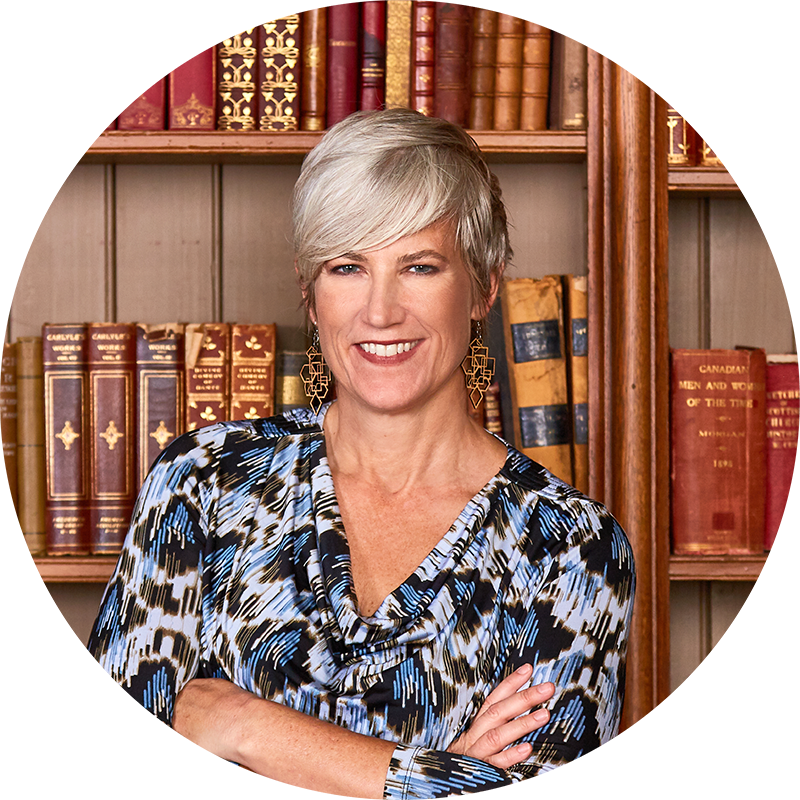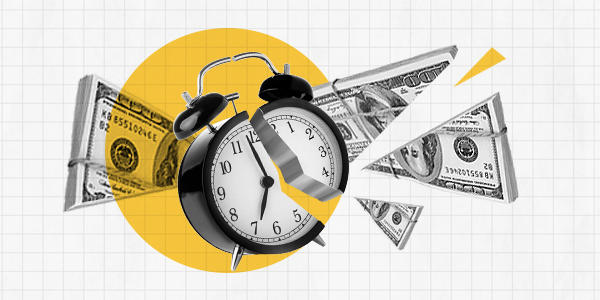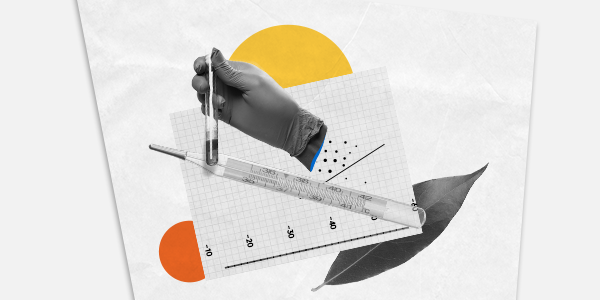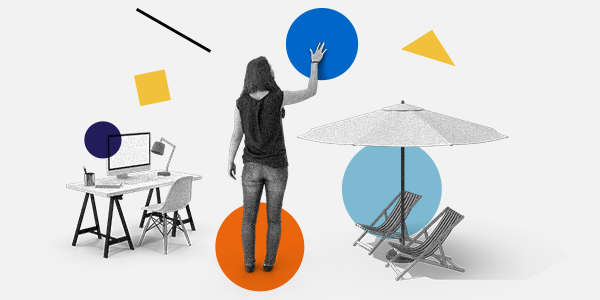
Alex Sion is the Global Consumer Banking lead for the D10X program, which incubates new products and businesses designed to generate organic growth for Citi.
In this conversation, Kelly and Alex discuss how behavioral finance is changing our understanding of how people save, spend and think about money, and how that is helping us build better, smarter solutions.
Listen to the podcast here
KEY TAKEAWAYS ON…
HOW BEHAVIORAL FINANCE WILL DRIVE INNOVATION
Kelly Peters: The history of data science and the evolution of innovation in banking has been such an interesting arc. I remember when data science really started to become a thing, back in the early 90s; we were starting to talk about it, and that has been quite a transformation. But it wasn't enough.
I'd love to hear your views on the importance of behavioral science, and some of the complexities we face—in the same way we face challenges with big data. What's the evolution of innovation look like to you?
Alex Sion: I firmly believe that behavioral finance is the new frontier for the whole world of money, and that we have just begun our journey to understand the implications of behavioral finance.
The odd thing to me is that the understanding that behaviors impact micro and macro markets has been there for quite some time, but it's been accounted for in volatility. Or for a brand and the value of a company, it was accounted for in what we would call goodwill. In the markets level, we talked about it within the context of animal spirits.
All along, we knew that how consumers behave, how they make decisions, has a fundamental impact on the world of money. But we were never rigorous in our framing of that. We never really focused on how we could collect data on that and then use it to design strategies.
I really do think it is just beginning. As we mature on this path, it will end up transforming the way that money works —how people perceive money works. It will impact pricing, it will impact the structure of products.
We have a pretty good understanding of the traditional economics side of things, but the psychological side of it, the human side of it, which is a huge, huge part of the equation, it's not purely rational. The world doesn't work the way that the old-school models—economic models—had assumed.
To think about a project we’ve worked on previously, FICO or credit scores is essentially the old school economic way of thinking about big data from a purely transactional standpoint.
Behavioral finance represents that “what do consumers believe? What do they intend? What's motivating them to make choices?” side of things. That is really where I think all innovation is going to come from going forward.
THE IMPORTANCE OF BEHAVIORAL DESIGN
Kelly Peters: I've actually used the MOVEN app as a teaching study for my students on applying behavioral science to design. I'd love it if you told the story. I've told it to my dad: I want to hear the story from you.
Alex Sion: At MOVEN our first head of user experience was a psychologist — behavioral psychologist—and we purposely pursued people with those backgrounds.
MOVEN’s mission was to help people to spend, save and move smarter. It was not about viewing your balance or accessing money or paying for things; it was about exposing your behaviors so that you'd be aware of the things you were doing with your money and be able to make conscious choices. That included spending: the ability to spend and get feedback on the impact of that spend on your long-term trajectory.
We also wanted to promote saving behaviors. We would surface opportunities for you to save that were in the moment: after spending you would be encouraged to put some money away. In order to access that savings, it wasn't as easy as moving money from one account to another and spending it. You have to tap the screen three times, and a visual of cracking glass appears on your mobile phone. That little bit of friction, made you think – it meant you have to work to move your savings into the spending account. And we purposely designed that so that it would cause that friction.
Kelly Peters: I think it is such an incredible example of a counter-intuitive hypothesis in behavioral science. Traditional approaches to user experience would not be focused on identifying how can we make it more difficult for people to access their own money.
Traditional design, traditional user experience, or even in cases where companies aren't factoring in customer experience, they would not have thought that introducing this type of friction would [lead to] better customer outcomes, and that people are actually happier with that friction - they want it.
THE DIFFERENCE BETWEEN TESTING EVERYTHING AND THEORY DRIVEN TESTING
Kelly Peters: Many organizations do some form of testing, and think that’s all they need. They don't understand they are missing theory-driven testing.
Sometimes I use this metaphor of throwing spaghetti at the wall. It's one thing to have this idea of ‘always be testing’, trying to get the spaghetti to stick by throwing—just getting that pasta and throwing it all at the wall.
But with a theory-rich approach, before we load up the pasta throwing machine, we should think about what we already know. Like different sized noodles are probably going to have a better probability of sticking. So instead of using a spaghetti noodle, or ziti noodle, we should use a fettuccine or a lasagna.
What we're talking about is using the discipline of psychology, or behavioral insights, to inform our data science colleagues. We need to work in tandem to help them know what to load in the machine. I'd love to hear your thoughts on that metaphor. And your experience on helping leaders understand this.
Alex Sion: My boss often uses the same kind of metaphor, but talks about theoretical physics versus applied physics. And the idea of being able to apply scientific-method and hypothesis-driven testing, in a way that you can now gain conviction around business problems in a more rapid way.
The other thing that I hear you referring to periodically is the importance of having a mission. A philosophy that's driving your product concept or your company concept.
We benefited a MOVEN enormously by having a clear mission that was to help people spend, save and look smarter. You'll find that a lot of large banks, incumbent banks, they do not have a clear mission, a customer centered mission around what their intent is. They might have missions to provide financial stability for the global markets or something very broad, but it's not an organizing principle, at a customer level, that can impact aspirations and behaviors.
I think all of these things, the hypothesis-driven scientific method, fueled by a customer centric mission, is the recipe you need that brings it all together. If you combine all those things, then the behavioral finance approach seems completely logical, but you have to get there first. Businesses have to see the value in all three of those elements.
Get in touch with us today at info@BEworks.com and find out how we can get you started on your own journey to making an impact.










